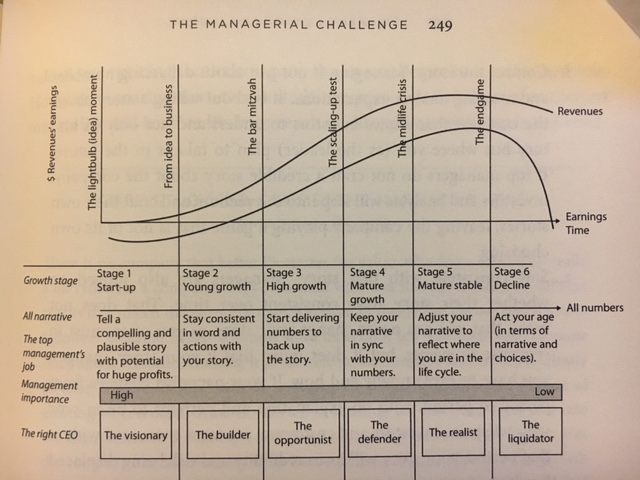Book: Narratives and Numbers
Author: Ashwath Damodaran
Key takeaways: An exceptional book, and I wish I had read it before.
PART I : NUMBERS
Key Aspects of Data Management:
To use numbers well in decision-making, one needs to manage data and the key aspects in collecting and managing data is as below –
- Collection: Need to think of our biases and judgement involved in-
- Amount of data one needs to collect
- The time-period one needs to look at when collecting this data
- Making Sense of the Data
- if the dataset is large enough, one needs to use basic statistical tools to make sense of the data
- Damodaran doesn’t talk about this, but more often than not, in investing, datasets are not large enough, and people use heuristics/rules of thumb to arrive at conclusions (this is why understanding of behavioral finance comes into play).
- Presenting Data
Precise vs. Accuracy: aim for accuracy first.

PART II : NARRATIVES
When people are involved in a story, they are willing to accept arguments uncritically (dropping their guard). This is where, one needs to keep remembering that stories need to be supported by numbers.
3Ps:
Is the narrative-
- Possible–this could happen, but what “this” is, is hard to envision
- valuation response: this has to be valued as an option
- Plausible–this could happen, and here’s what “this” looks like, but isn’t happening yet
- valuation response: needs to be shown as expected growth, or expected decline
- Probable–this is happening, the extent of “this” could remain a question
- valuation response: base-year estimates need to come down (question may remain as to how much)
Managerial Imperative:
The following is an exceptional chart, and I am embarrassed to screenshot it like this. Please please go and buy the book. There are many more nuggets like this that you could benefit for that I haven’t highlighted here.
